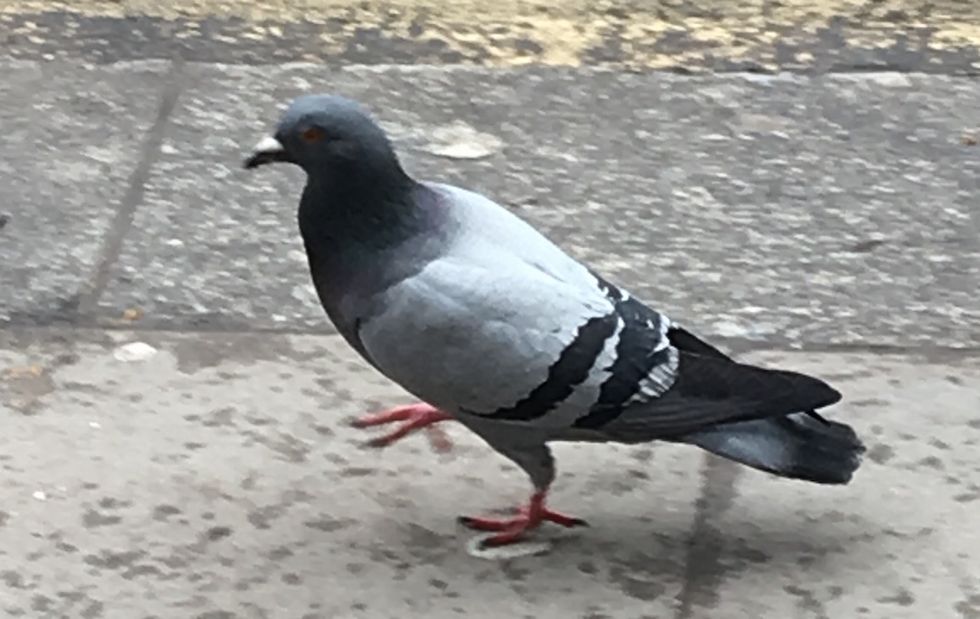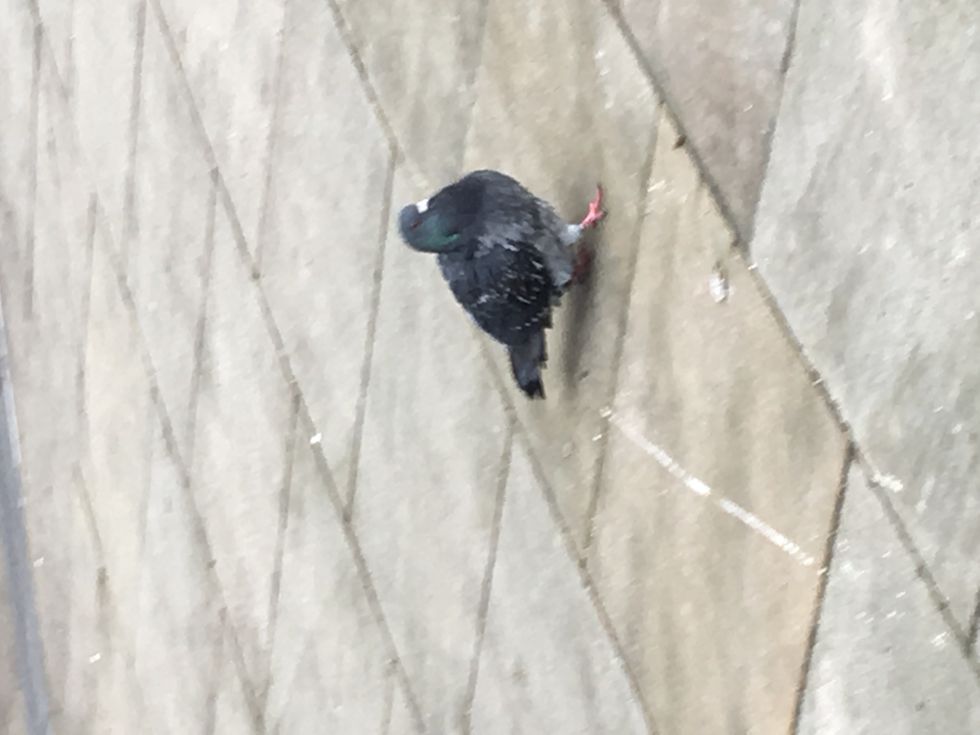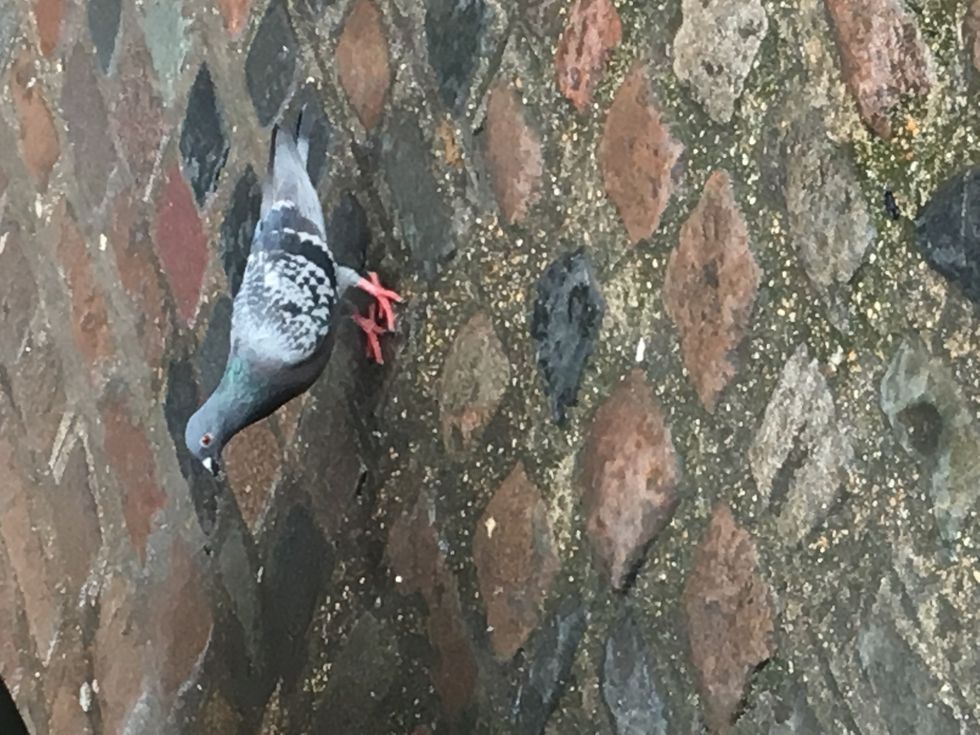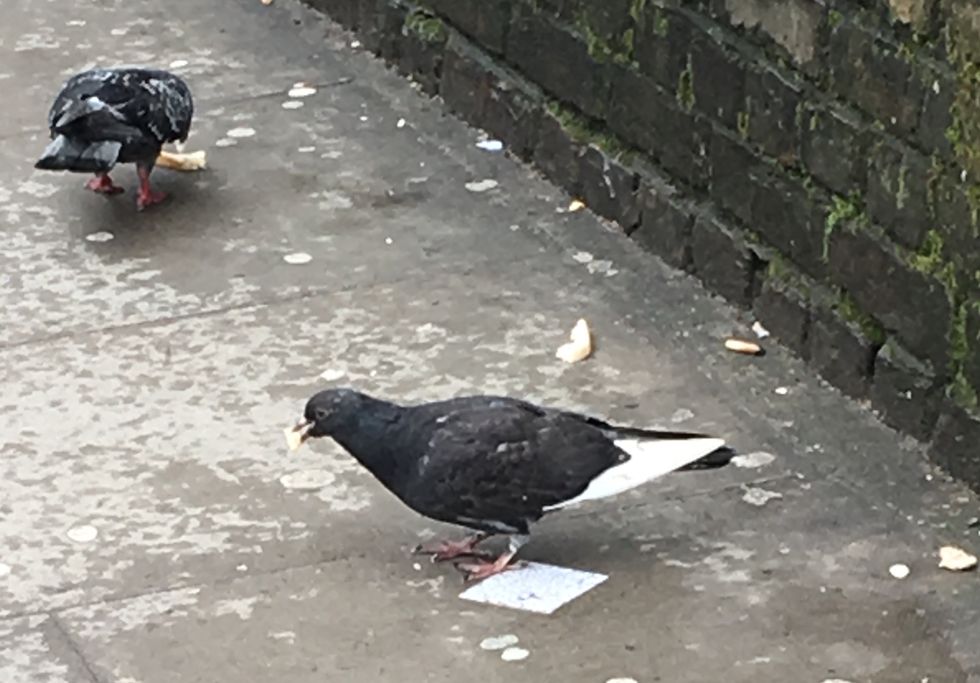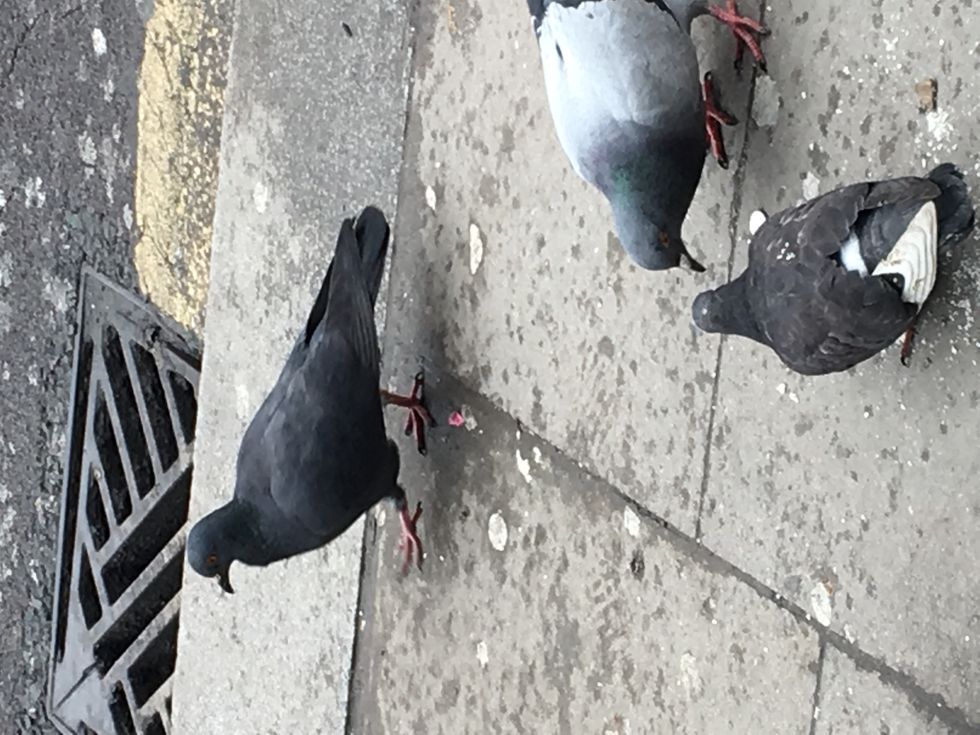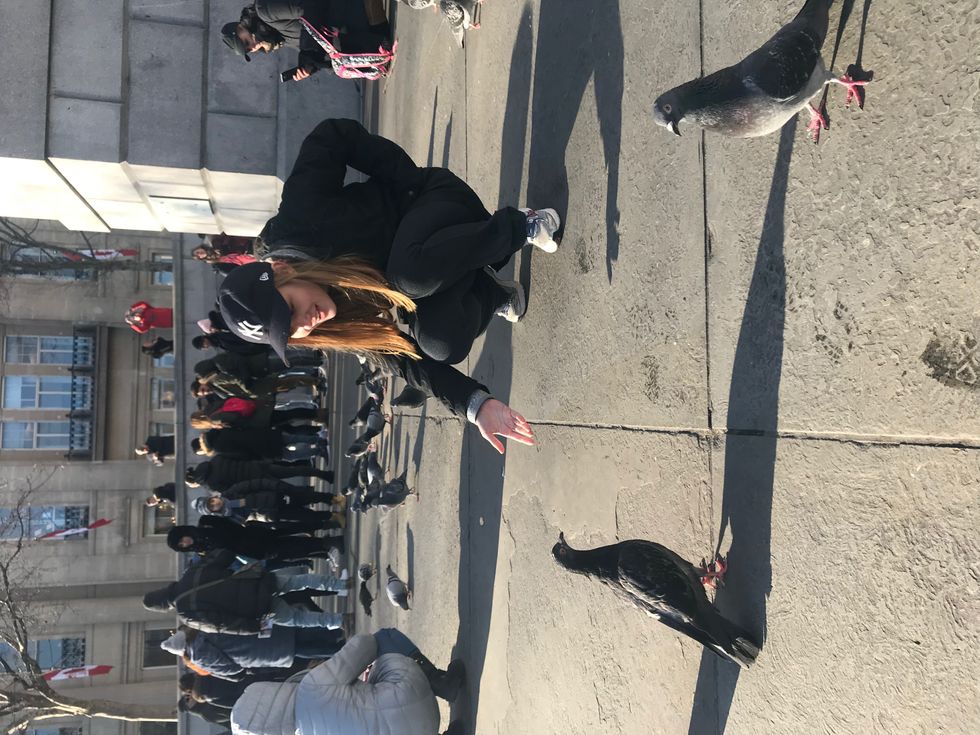If any of my readers have been fortunate enough to visit great cities of the world--cities like New York, London, or Barcelona--you may have noticed that the population of pigeons is much higher than in smaller, less influential cities.
Like me, you may have assumed that pigeons live in big, powerful cities because there are more people, and pigeons like the company and the food of a dense population. This may be partially true, but my time in London this semester has introduced me to a new perspective: the Burns' Theory of Pigeon Aristocracy.
As it is a little-known theory (though highly influential in the scientific community), I will provide a brief overview of what it describes. This theory began when the esteemed lawyer and scientist L. Burns noticed, as we do today, that pigeons only seem to live in the most powerful cities in the world. In a groundbreaking study that took place over a number of hours, Burns concluded that these birds must be trying to seize a position of power.
This may seem obvious with a retrospective lens (as many great theories do), but what Burns is most known for today is the main branch of the theory: pigeon social hierarchy by neck size. The pigeons with the fattest necks are the ones highest on the social ladder, while the skinny-neck pigeons are the lowest.
This, of course, rests well with common logic: the most aristocratic pigeons are able to eat the most, thereby fattening their necks even more. The skinny-necked ones, unable to gather as many scraps, are forever trapped in a low social class (lest a happy accident, in the form of an unfinished hamburger or a spilled bag of chips, stumbles into their path).
The weight of this theory is most felt in examples. Take this pigeon: he is confident, making his way downtown. He is, of course, fat-necked.
(This photo is blurry because of the incredible speed at which this pigeon was moving.)
Compare that pigeon to this one, a skinny-necked boy looking about for a scrap of food.
Neck-based discrimination is all too clear in the pigeons' interactions with one another. Here we see pigeons tussling over a bit of french fry. The one with the fattest neck takes it all for himself, while the other, medium-necked pigeon waits for the leftovers.
Here, again, fat-neckers feathers while a skinny-neck walks on.
t while a skinny-necker walks on.
This pigeon's neck is so long and fat that none of the other birds bother him. By the Burns' theory, he is a landed gentry pigeon.
As I dove into Burns' Theory, I found myself beginning to understand pigeon social life more and more.
Photo by Maddie Baxter
I hope my readers will now see Burns' Theory readily in their own experiences with pigeons, and perhaps they will remember the complex, socially delicate lives they lead.

